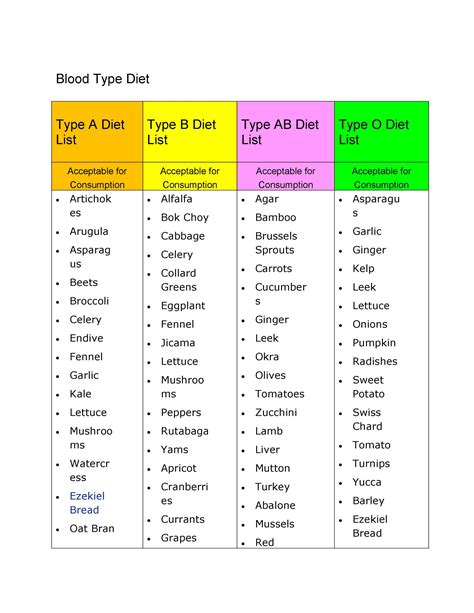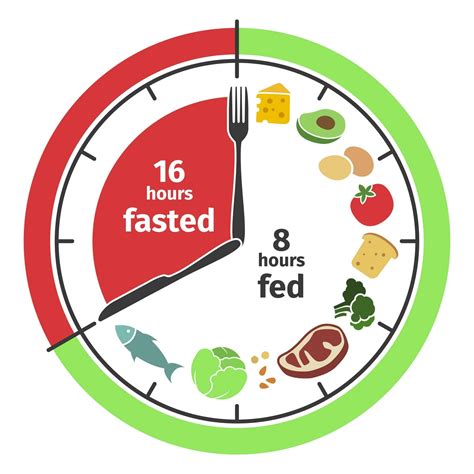Discover the Body For Life Diet, meal planning tips, exercise integration, progress tracking, and long-term success strategies for a healthier lifestyle.
Understanding the Body For Life Diet
Contents
Understanding the Body For Life Diet
The Body For Life Diet is a comprehensive and holistic approach to nutrition and fitness that focuses on achieving physical and mental well-being through a balanced and sustainable lifestyle. The diet is based on the principle of eating frequent small meals that are high in lean protein and complex carbohydrates, and low in unhealthy fats and processed sugars. This approach helps to regulate blood sugar levels, boost metabolism, and promote fat loss while preserving lean muscle mass. It also emphasizes the importance of regular exercise, with a focus on both cardiovascular and strength training workouts to optimize overall fitness.
One of the key principles of the Body For Life Diet is the concept of free days, during which followers are encouraged to enjoy their favorite foods in moderation, as a way to prevent feelings of deprivation and promote long-term adherence to the diet plan. This flexible approach allows for occasional indulgences while maintaining a focus on nutrient-dense, whole foods as the foundation of the diet. Additionally, the diet emphasizes the importance of staying hydrated by drinking plenty of water throughout the day to support overall health and fitness goals.
When following the Body For Life Diet, it is crucial to prioritize whole, minimally processed foods such as lean proteins, whole grains, fruits, and vegetables, while minimizing the consumption of refined and sugary snacks and beverages. Planning and preparing meals in advance can be a helpful strategy to ensure that healthy eating habits are maintained, even when faced with a busy schedule. This can involve creating a structured meal plan that includes a balance of macronutrients and micronutrients to support overall health and energy levels.
Incorporating regular physical activity is a central component of the Body For Life Diet, as it not only supports weight management and physical fitness, but also promotes mental well-being and stress relief. From high-intensity interval training to strength training and flexibility exercises, the diet encourages a varied and balanced approach to exercise that can be tailored to individual preferences and fitness levels. The focus is on consistency and progression, rather than perfection, to help individuals cultivate a sustainable and enjoyable fitness routine that aligns with their long-term goals.
By understanding the principles and practical strategies of the Body For Life Diet, individuals can take a proactive approach to their health and well-being by making informed choices about nutrition, exercise, and lifestyle habits. With a focus on balance, moderation, and flexibility, this approach to health and fitness can support individuals in achieving their goals and maintaining long-term success.
Creating a Meal Plan
When it comes to following the Body For Life Diet, one of the key factors for success is creating a well-structured and balanced meal plan. This means taking the time to carefully plan out your daily meals and snacks, making sure they align with the guidelines and principles of the diet.
To start, it’s important to understand the basic principles of the Body For Life Diet, which include eating six small meals a day, with a balance of protein, carbohydrates, and healthy fats at each meal. With this in mind, it’s important to plan out what foods you will eat for each meal and snack, making sure to include a good mix of lean proteins, complex carbohydrates, and healthy fats.
Another important aspect of creating a meal plan for the Body For Life Diet is to think about portion sizes and overall calorie intake. It’s important to make sure you’re not overeating or under-eating, but rather consuming the right amount of food to fuel your body and support your fitness goals.
One helpful way to stay on track with your meal plan is to prepare and cook your meals in advance. This can help you avoid making unhealthy choices when you’re hungry and pressed for time, and can also save you time and effort in the long run.
Lastly, it’s important to be flexible with your meal plan and make adjustments as needed. Everyone’s dietary needs and preferences are different, so it’s important to find a meal plan that works for you and your lifestyle, and to make changes as needed to ensure you’re getting the nutrients and energy you need to succeed on the Body For Life Diet.
Incorporating Exercise into Your Routine
Incorporating Exercise into Your Routine
Exercise is an essential component of a healthy lifestyle, and incorporating it into your daily routine can have numerous benefits for your physical and mental well-being. Whether you are new to exercise or have been active for years, finding ways to make exercise a consistent part of your routine is key to long-term success.
One way to incorporate exercise into your routine is to schedule it into your day. Just as you schedule meetings or appointments, setting aside time for exercise can help ensure that it becomes a regular part of your day. Whether it’s a morning walk, a lunchtime yoga class, or an evening workout at the gym, having a specific time set aside for exercise can make it easier to stick to a consistent routine.
Another way to make exercise a habit is to find activities that you enjoy. Whether it’s dancing, hiking, swimming, or playing sports, finding physical activities that you genuinely look forward to can make it easier to stay motivated and committed to regular exercise. Experiment with different types of exercise until you find something that you truly enjoy and look forward to doing.
Setting specific goals for your exercise routine can also help keep you on track. Whether it’s aiming to run a certain distance, lift a certain weight, or simply be active for a certain amount of time each day, having clear and achievable goals can provide motivation and structure for your exercise routine. Consider keeping a workout journal or using a fitness tracking app to monitor your progress and celebrate your achievements along the way.
Finally, don’t be afraid to make adjustments to your exercise routine as needed. Life can be unpredictable, and there may be times when your usual exercise routine is disrupted. Instead of letting this derail your progress, be flexible and find alternative ways to stay active. Whether it’s trying a new type of exercise, finding creative ways to fit in physical activity during busy days, or seeking support from friends or family members, adapting to changing circumstances can help ensure that exercise remains a consistent part of your routine.
Tracking Your Progress
Tracking your progress is an important part of reaching your fitness goals. It helps you stay motivated and see how far you’ve come. One way to track your progress is by keeping a workout journal. This can include the exercises you do, the number of repetitions, and the amount of weight you lift. You can also have a section for recording your measurements, such as your waist, hips, and arms.
Another way to track your progress is by using a fitness app or device. Many apps and fitness trackers allow you to monitor your workouts, track your steps, and even measure your heart rate. This can provide you with valuable data that can help you adjust your exercise routine and see how your fitness level is improving over time.
In addition to tracking your workouts, it’s also important to keep track of your diet. This can be done by keeping a food journal, where you record what you eat and drink each day. This can help you identify any unhealthy eating habits or areas where you need to make improvements. It can also show you the correlation between your diet and your fitness progress.
Finally, don’t forget to take progress photos. Sometimes the scale doesn’t accurately reflect the changes happening in your body. By taking regular photos, you can visually see the changes in your physique and use them as a motivating tool to continue on your fitness journey.
Maintaining Long-Term Success
One of the key aspects of Maintaining Long-Term Success on the Body for Life diet is consistency. It’s important to stick to the principles of the diet even after you have achieved your initial goals. This means continuing to eat balanced meals, incorporating exercise into your routine, and tracking your progress.
Another important factor in maintaining long-term success is staying motivated. It’s natural to have periods of low motivation, but finding ways to stay inspired can help you stick to your goals. This might involve setting new challenges for yourself, finding a support system, or simply reminding yourself of the progress you’ve made so far.
In addition to consistency and motivation, it’s essential to be flexible in your approach. Your body’s needs may change over time, so it’s important to be open to adjusting your meal plan and exercise routine as necessary. This might involve trying new recipes, experimenting with different types of exercise, or seeking professional guidance if you hit a plateau.
Finally, maintaining long-term success on the Body for Life diet requires a focus on overall health and wellness, rather than just weight loss or muscle gain. This means prioritizing rest and recovery, managing stress, and listening to your body’s signals. By taking a holistic approach to your health, you can ensure that you’re able to maintain your progress for the long haul.












